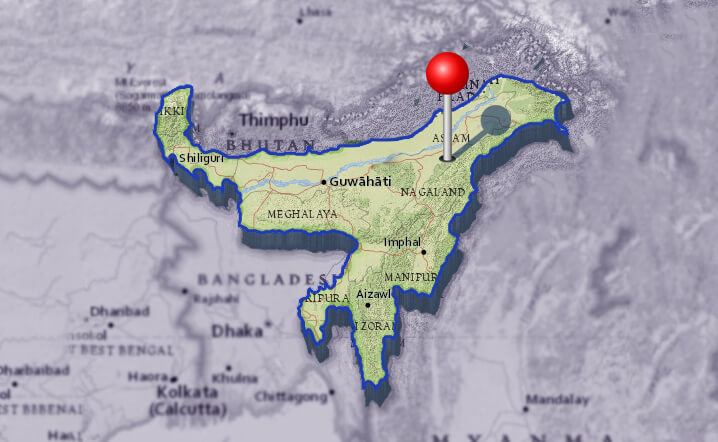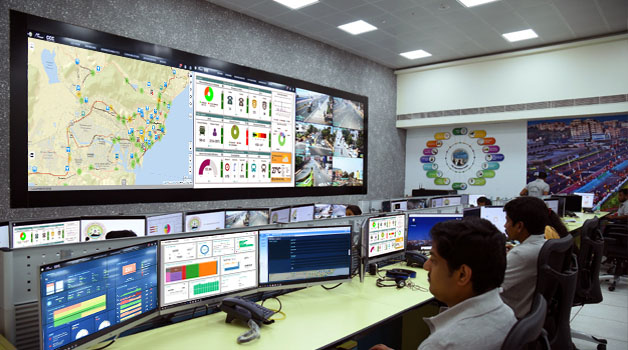Background
UPPCL is the power transmission and distribution utility of the largest state in India, Uttara Pradesh, the land of Taj Mahal. UPPCL serves over 30 million consumers with 37 GW connected load and energy sales of 55,000 MU p.a. Not content with its earlier CIS project covering urban consumers, the utility was looking out for an alternative COTS CIS product, for the rest of the state, that can deliver the goods quickly and cost-effectively with low or no capital expenditure.
Business Issues
- Consumers are mostly unmetered and served by utility staff with low levels of computer literacy
- Heavy losses due to billing inefficiencies from outsourced billing service providers using their own software
- Urgent need to shore up financial health to avail conditional aid/grant from government under IPDS scheme
Solution Delivered
Fluentgrid delivered a cloud hosted solution for over 30 million consumers including Billing/RMS solution for 23 million consumers on SaaS model in just about 9 months, and UOC (Utility Operations Center) solution for the entire consumer base ; a testimony to product maturity of Fluentgrid CIS, domain expertise of Fluentgrid solution experts and execution capability of Fluentgrid delivery team. Fluentgrid products implemented include CIS, CRM, UOC and MWM.
Benefits
- Zero CAPEX. The only capital expenditure incurred was to procure IT and communication infrastructure to computerize utility offices in remote areas.
- Pay as you go on Per-Bill-Per-Month business model
- Workflow driven business processes monitored by top management through executive dashboards for remarkable turnaround on the rural side of the business
- Seamless integration with existing CIS deployment also, offering integrated MIS and executive dashboards
- Mobile spot billing app integrated with UOC and MWM to improve metering and billing efficiency and arrest revenue leakage.
- Mobile self-service app including payments and mobile wallet integration with extremely simple user interface targeted at rural population to improve collection efficiency.
UDAY case study
- Read the UDAY case study online : https://www.uday.gov.in/cs/c1








